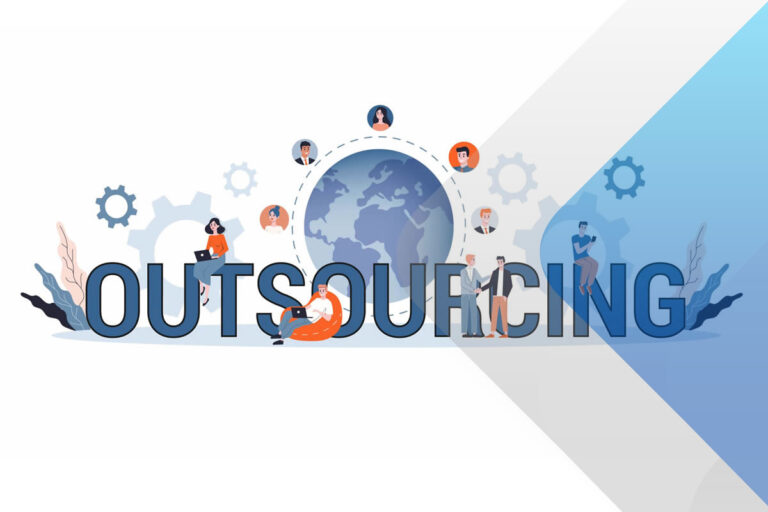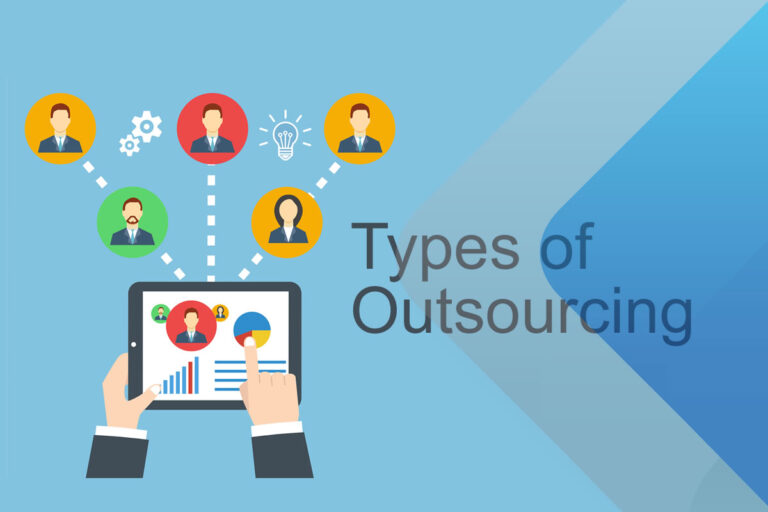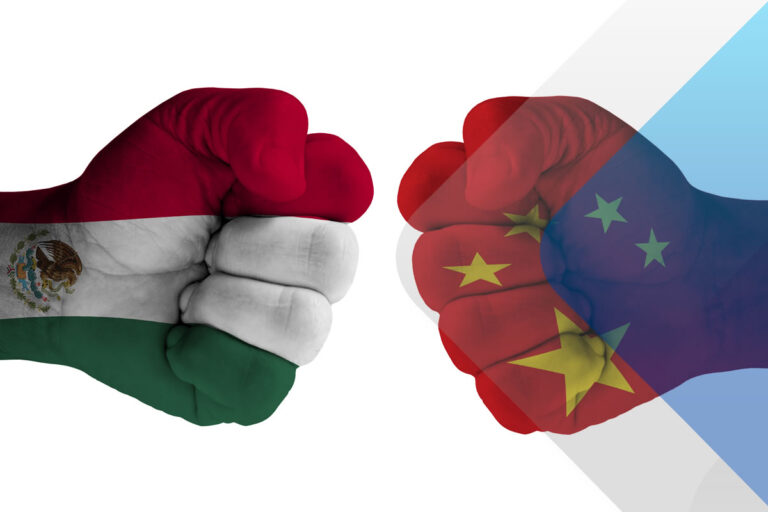Table of Contents
Companies searching for new ways to grow their business may decide that they need outside help to accomplish their goals. Outsourcing is becoming one of the most common ways for businesses to get to the next level, by realizing efficiencies of scale that can’t happen if all processes are internal.
Even when a company decides they need outside help, getting to that final end goal of achieving success can be challenging. While the benefits of outsourcing are immense, there’s not a standard path of how to get from Point A to Point B. If you’re considering outsourcing, it’s important that you understand the typical process involved. Here’s everything you need to know about the outsourcing process!
SERVIAP can help with your global expansion needs. Contact us today to learn how you can expand your business with PEO in South America and Latin America.
Assessing Needs
Perhaps the most important step in the outsourcing process is to begin by assessing and understanding your company’s needs. Outsourcing is most successful when companies have a clear understanding of what their needs are and how they want to use an outsourcing business to help them fulfill those needs.
Internally, the company must assess what their shortcomings are so they can communicate that to potential outsourcing businesses. In addition, they must have a clear idea of what they’d like the outsourcing company to achieve for them. Finally, the company has to identify a team of people who will be the point of contacts for the outsourcing company and discuss how they’ll work together to achieve their goals.
Search for a Company
The next step is to search for, and vet, potential outsourcing companies. Today, there are plenty of options. Some will be based locally, while others may be based overseas.
Conduct a thorough analysis of the pros and cons of local, nearshore, and offshore outsourcing, and be sure to perform your due diligence on individual companies as well. This will help narrow your search for potential companies to do business with.
Once you’ve narrowed your search down to a few companies, vet them thoroughly. Conduct virtual interviews so you can get a sense of how that company works and what their style is, look for online reviews, and ask for references so you can call for personal recommendations.
Set Up the Contract
The contract phase is very important so that all sides know what’s expected. The contract will lay out the financial terms and responsibilities of each side, and it will set clear expectations from all parties.
The contract should include exact responsibilities, who will handle what aspects of the arrangement, and what the parties will do if there’s a problem, issue, or dispute.
While this step can be very formal, it’s a great way to also connect with your outsourcing company on a personal level. When you negotiate with another company, you get a great feeling for who their leaders are and how they do business.
Transition the Work
Once the contract is in place, it’s time to start making the transition of work and resources from your company to the outsourcing company. What this entails will depend on where you’re outsourcing to—local or overseas—what tasks and/or departments you’re outsourcing, and what resources you already have in place.
At the very least, you’ll be transitioning your data and information to the outsourcing company. They’ll then have to integrate that into their system, or better yet, into a shared system that can be accessed by both parties.
Communication is a huge key to success in this step. You need to make sure you’re on the same page with the outsourcing company so nothing falls through the cracks. At the same time, you need to communicate clearly to your internal employees what you’re doing, why you’re doing it, and how it will benefit them and the company in the long run.
Get to Work
Once the transition has been completed, it’s time to get to work. You should have an internal oversight plan in place, so you can monitor what the outsourcing company is doing. Regular meetings and/or calls between the two parties is a great way to ensure everything is being completed according to plan.
Once you’re comfortable that everything is running smoothly, you can also start transitioning your internal team to new tasks and goals. Outsourcing certain tasks should allow your team to narrow their focus on other tasks they weren’t previously doing that can help your company continue to progress.
Understanding the steps to the outsourcing process will help make the work much easier in the short term and much more successful in the long term.
Expand Your Business with SERVIAP
SERVIAP is a leading Professional Employer Organization (PEO) ready to help your business expand operations throughout the Western Hemisphere. PEO is a model of co-employment, where we assume total responsibility for your talent, allowing you to focus on the strategic activities of your organization. Contact us today to learn more about how you can expand your business in South America and Latin America.










